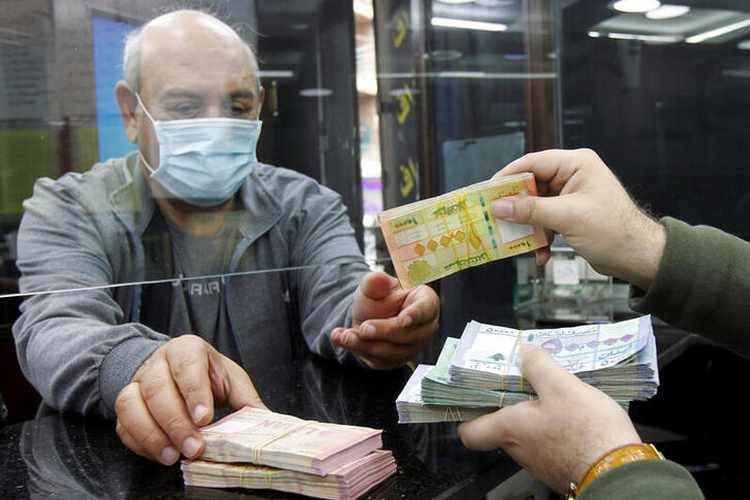
The lira has lost 93 percent of its value on the parallel market. (Credit: Reuters)
BEIRUT — New data released Wednesday by the United Nations Economic and Social Commission for Western Asia (ESCWA) reveals that the Lebanese lira lost 82 percent of its purchasing power between 2019 and 2021. Purchasing power is used to compare the cost of things in different places, to avoid distortions caused by currency exchange rates.
At a household level, ESCWA said that at the end of 2021 a Lebanese household would need to earn 5.5 times as many lira as they did in 2019 to be able to buy the same amount of goods and services, measured against a US dollar benchmark.
The new data reinforces the extent to which the collapse of the lira’s exchange rate relative to the dollar has been translated into a loss of locals’ purchasing power at the store, gas pump, and doctors’ office. Since drifting from the longstanding peg of LL1,507.5 the lira has lost 93 percent of its value on the parallel currency exchange market.
Lebanon had the largest increase in price level of the 13 Arab countries studied by ESCWA. Of the 13 countries, only Lebanon, Saudi Arabia, and Sudan registered a price increase, with the other 10 countries gaining in purchasing power. Of the 13 countries studied, Qatar was and remains the most expensive place to live.